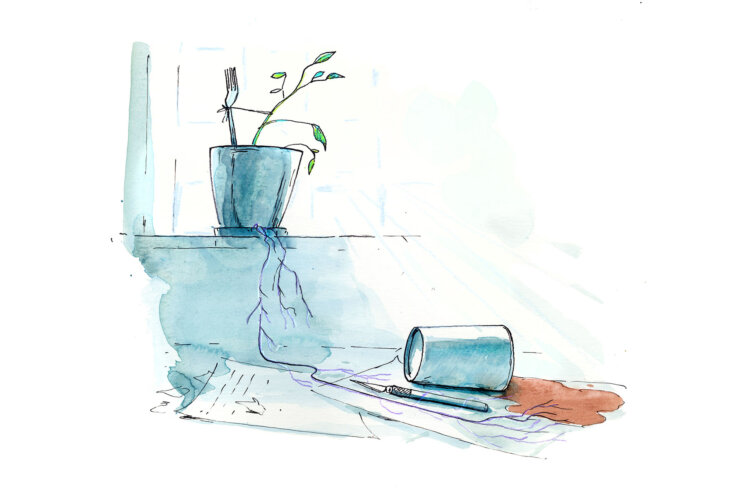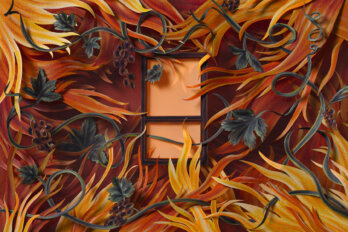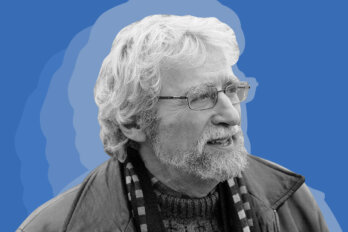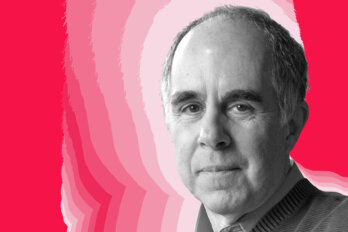In the late 1980s, I was an editor for the Plant, the student newspaper at Dawson College, in Montreal. The operation was small but drew the devotion of a squad of young journalists and photographers—most of whom made the job the biggest thing in their lives.
Then, as now, the role required tech. Not a laptop or a cellphone: an Exacto knife. That’s because we produced our stories by gluing them onto a board. It was called paste-up. You stood in front of an easel, cut the type up into strips, rearranged it into columns on a grid. Every week, we crammed into a tiny office and put out a paper with sticky fingers. We covered student elections, funding allocations, dubious university policies. And when I say “covered,” I mean we did it zealously, opinionatedly, often while being underfed, more often hungover.
If you’ve ever been part of student media, you’ll know how ardent campus activism can be—something we’ve seen recently with the protest encampments in solidarity with Palestinians at many Canadian universities. Student politics is a rough-and-tumble arena. Classmates would come to the Plant office to debate us. Those who kept coming, we recruited.
Forged in those moments was my sense of independent journalism needing the engagement of active, concerned citizens. But what I also came to understand—an insight I’ve carried through to this day, to this very job—is there is always a reader at the other end of what we publish: a real person, be it in print or online, a mind to be entertained, challenged, informed, provoked, aroused, or charmed. My responsibility, as editor, is to that reader, to make that connection. I feel that if we make enough of them in a day, we get to live another day.
By that ethos, The Walrus has outlived other outlets that have been forced to downsize or fold. By that ethos, The Walrus also received an astonishing nineteen National Magazine Awards nominations this year—more than what any other media organization notched up. (Our eventual haul included three golds and four silvers.)
That success is not something we take for granted. It’s also not something we can coast on. With the rapid rise of generative AI, the very same digital forces that pushed us away from paste-up now threaten our existence.
Unlike many of our competitors, The Walrus doesn’t limit how much of its site anyone can read, even as costs for producing that content go up. Informed public discourse isn’t cheap. Investigative journalism, from following leads to verifying facts, requires significant resources. Your support helps cover these expenses, enabling us to continue delivering bracing stories. Your support also helps us prioritize public interest over profit.
And if you’re already a subscriber, a member, or a donor and want to drop by the newsroom during production with emergency souvlaki and thick-cut fries, I won’t say no.




